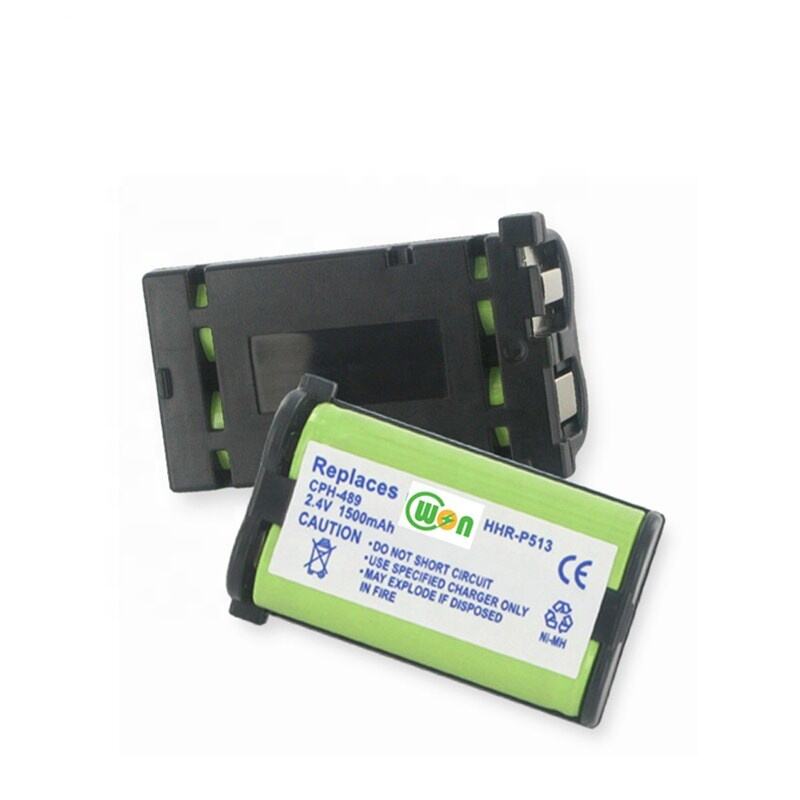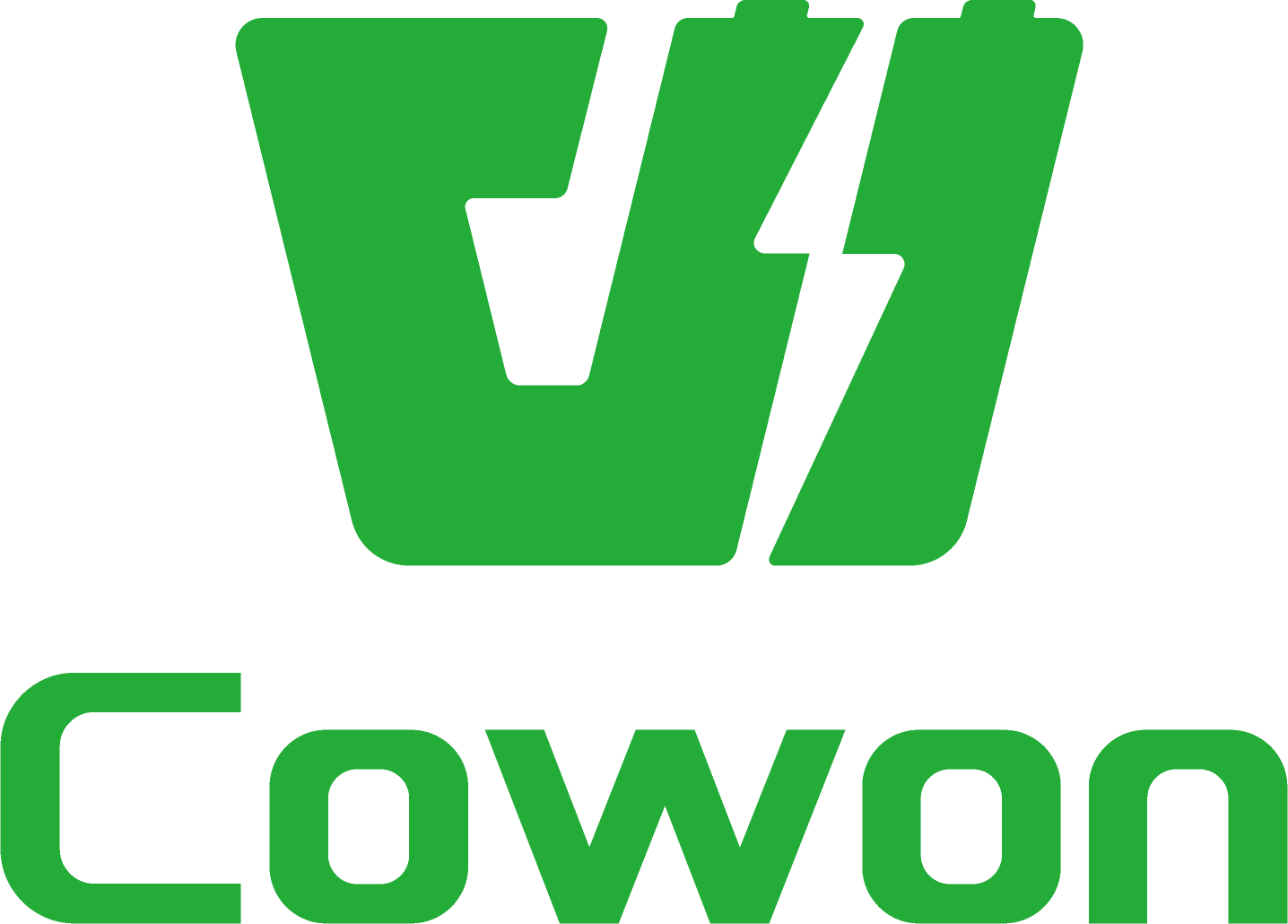News
Fast Charging vs. Long Life: What's Best for You?
Understanding Fast Charging vs Long Battery Life
Fast charging and long battery life are two crucial aspects when it comes to modern electronic devices. Fast Charging is a technology that enables devices to be powered significantly faster than traditional methods. This is often achieved by utilizing higher voltage and current, which can lead to charging speeds of up to 100W or more. Fast charging allows users to quickly get back to using their devices without long downtime, especially beneficial in smartphones and electric vehicles.
On the other hand, Long Battery Life refers to how long a battery can sustain device operation between charges. It typically revolves around battery size and energy density, which dictate how much energy a battery can store and how efficiently it can release that energy for device function. This feature is critical for users who rely on their devices throughout a daily schedule without frequent charging. Both technologies address different user needs, yet they are often seen as competing priorities in mobile and electronic device design. Understanding the balance between these can guide consumers to choose devices that best fit their lifestyles and usage patterns.
Fast Charging vs Long Battery Life Benefits
Fast charging offers numerous advantages that make it highly desirable for modern technology users. One of the primary benefits is convenience, allowing users to quickly top-off their devices during short breaks. This feature is particularly valuable for on-the-go professionals or travelers who need to maintain connectivity without enduring long charging intervals. According to multiple studies, fast charging can increase productivity by ensuring devices are readily available for use, minimizing downtime significantly.
On the other hand, devices with long battery life deliver unique advantages that many consumers find appealing. A major benefit is the reduced frequency of charging, which enhances user experience by alleviating the stress of constantly finding power outlets or carrying chargers. Additionally, long battery life is environmentally friendly as it results in lower energy consumption over time. This is reflected in consumer preferences, with user satisfaction often higher for devices that last longer on a single charge. Devices that minimize energy usage not only contribute to sustainability but also align with a growing consumer focus on eco-friendly practices.
The Impact of Fast Charging on Battery Health
Fast charging can significantly affect the longevity of lithium-ion batteries. It often leads to increased heat generation, which can alter the chemical composition of the battery, thereby reducing its lifespan. The Idaho National Laboratory (INL) study highlights a slight increase in battery capacity loss for vehicles that predominantly use Level 3 (DC fast) chargers compared to those using Level 2 chargers. Fast charging-induced heat accelerates wear by stressing the battery's internal components, potentially leading to quicker degradation over time. These studies indicate a correlation between fast charging speeds and heightened battery wear.
To prolong battery life while enjoying the benefits of fast charging, certain best practices should be followed. Avoid charging the battery in high-temperature environments, as excessive heat exacerbates degradation. It's also essential to use original chargers designed specifically for the device, ensuring a safe and efficient charging process. Additionally, allowing the battery to discharge partially before recharging can help maintain its capacity over time. By adhering to these tips, users can mitigate the adverse effects of fast charging, ensuring better battery health and longevity.
Long Life Batteries: Lifespan and Performance
Understanding battery chemistry is crucial when discussing lifespan and performance. Two prominent types of batteries are lithium-ion and lithium-polymer. Lithium-ion batteries are widely favored due to their high energy density and rechargeability, making them ideal for devices like smartphones and laptops. The lithium-polymer variant, while similar, offers slightly enhanced safety features owing to its flexible pouch architecture. However, the choice between these batteries affects their lifespan and efficacy in different applications, emphasizing the need for selecting the right type based on specific use cases.
The real-world impact of battery life on devices significantly influences user experience. For instance, smartphones and laptops equipped with long-lasting batteries provide users with convenience and reliability, reducing the frequency of recharges. This longevity is not just about user comfort but also relates to cost-effectiveness and environmental benefits. According to industry data, the average lifespan of a smartphone battery is about 2-3 years, whereas laptop batteries can last between 3-5 years depending on usage patterns. Such longevity enhances the overall life cycle of these devices, leading to less frequent replacements and lower electronic waste production.
The CPH-489 Cordless Phone Battery
The CPH-489 Cordless Phone Battery is engineered to offer extended life and efficient energy utilization for cordless phones. With a capacity of 1200mAh and designed to fit models like HHR-P513 and TYPE 27, this NiMH battery supports multiple recharge cycles, ensuring longevity. It is an excellent choice for home and office environments, providing consistent performance and reliability for uninterrupted communication needs.

Choosing Between Fast Charging and Long Battery Life
Choosing between fast charging and long battery life involves evaluating your specific needs and daily routines. Understanding one's habits can help determine which feature to prioritize. For instance, individuals with a hectic schedule may benefit more from the convenience of fast charging, allowing them quick power boosts to keep up with their busy day. Conversely, those who primarily use their devices in low-demand environments might find a longer battery life more beneficial, as it reduces the frequency of recharging.
To make the most of your battery usage, consider different strategies based on user profiles. Busy professionals may find fast charging invaluable, enabling them to recharge quickly during short breaks. On the other hand, casual users who do not rely heavily on their devices throughout the day might prioritize battery longevity, opting for slower, overnight charging to extend the lifespan of their battery. By aligning device charging habits with lifestyle demands, users can better manage their battery's performance and durability over time.


